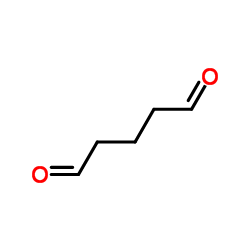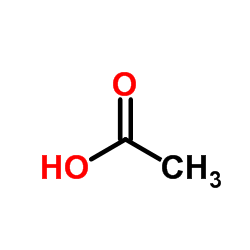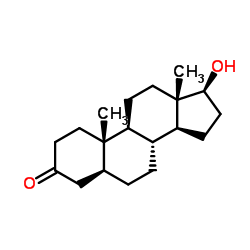| Structure | Name/CAS No. | Articles |
|---|---|---|
 |
Sodium hydroxide
CAS:1310-73-2 |
|
 |
Hydrochloric acid
CAS:7647-01-0 |
|
 |
3-Ethyl-2,4-pentanedione
CAS:1540-34-7 |
|
 |
Terabutyl titanate
CAS:5593-70-4 |
|
 |
glutaraldehyde
CAS:111-30-8 |
|
 |
Vanadium
CAS:7440-62-2 |
|
 |
acetic acid
CAS:1173022-32-6 |
|
 |
acetic acid
CAS:64-19-7 |
|
 |
Stanolone
CAS:521-18-6 |